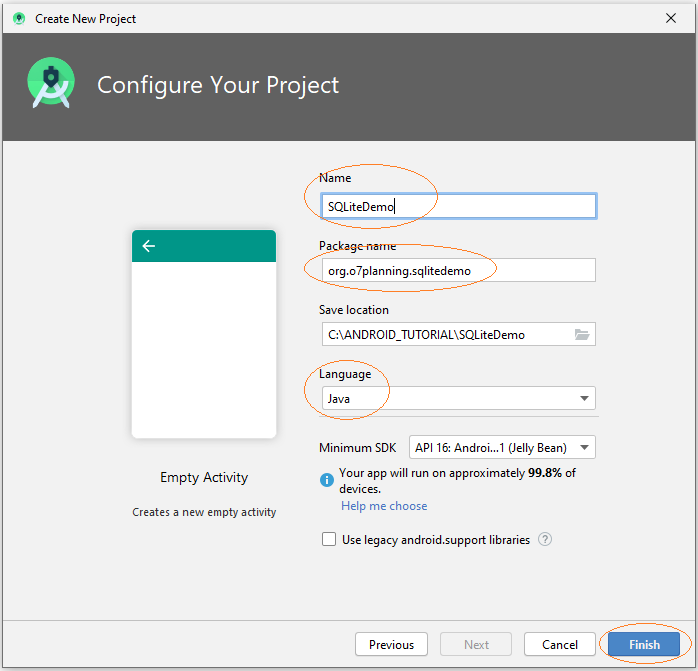
- #DB BROWSER FOR SQLITE ENCODING WINDOWS 10#
- #DB BROWSER FOR SQLITE ENCODING SOFTWARE#
- #DB BROWSER FOR SQLITE ENCODING PLUS#
IndexedDBĪs Web Apps become more and more common, the need to persist data between sessions is often necessary to properly provide the functionality on offer. As these browsers are all sharing aspects of a single codebase many of the artefacts associated with these browsers will also be shared – and convergence is usually good news from a digital forensics standpoint.īecause of this convergence I’ve started referring to these browsers that borrow heavily from Chrome (or Chromium) as being “Chrome-esque”.Ĭhrome is winning a war on another front as well – but we’ll get to that in a bit.
#DB BROWSER FOR SQLITE ENCODING WINDOWS 10#
From that we can see that around 82% of browsers currently in use are based on the WebKit rendering engine, which is probably a good thing for standardisation, but not so great for competition.īut it actually goes further (or ‘gets worse’, depending on your how you look at things) – on the chart above alone, Opera, Android Browser and Samsung Internet are all based on the Chromium codebase (Chromium being the open source version of Chrome) and the new version of Edge that now ships with Windows 10 is also based on Chromium. Safari and Chrome actually have a shared lineage in their rendering Engine – Safari using WebKit and Chrome using Blink, which is based on WebKit. Because of this, data persistence is often achieved by some combination of storing data in the cloud and making use of a variety of browser managed storage mechanisms keep this last part in mind as you read on – we’ll be returning to this idea. On one side, making use of the user’s host system requires an understanding of the operating system currently in use, and on the other the browser tries to “sandbox” Web Apps, separating them from each other, and restricting their access to the host system for security reasons.
#DB BROWSER FOR SQLITE ENCODING SOFTWARE#
DOSBox has been ported to JavaScript meaning that the browser can natively run software written for DOS which means, yes – the browser can run DOOM.Īlthough web browsers provide APIs (Application Programming Interface) for opening and saving data to a user’s local machine, making use of them is often clunky. We also have web-based image editing apps like Photopea and video editors such as Adobe Spark.
#DB BROWSER FOR SQLITE ENCODING PLUS#
The trio of HTML5, CSS and JavaScript (and latterly, increasingly WebAssembly, aka WASM), plus the optional extra of offloading processing to the cloud, enable coders to make webpages which fulfil the role of a traditional application – a “Web App”.įor example, I’m drafting this blog in a version of Microsoft’s Word for Office 365 running in the browser – indeed the entire Office 365 suite is available running in the browser (other web-based office suites are available of course, such as Google’s G Suite). SQLite’s ubiquity was built upon the growing market share of the platforms that used it extensively (we’re talking iOS and Android – name a more iconic duo, I’ll wait), so it’s interesting to ask the question: what’s the next platform, and what’s the next data format? Browser as OS, Webpage as App First popularised by smart phone platforms it now forms part of almost every investigation in one form or another.

SQLite has become a ubiquitous data storage format for digital forensic practitioners to consider.


 0 kommentar(er)
0 kommentar(er)
